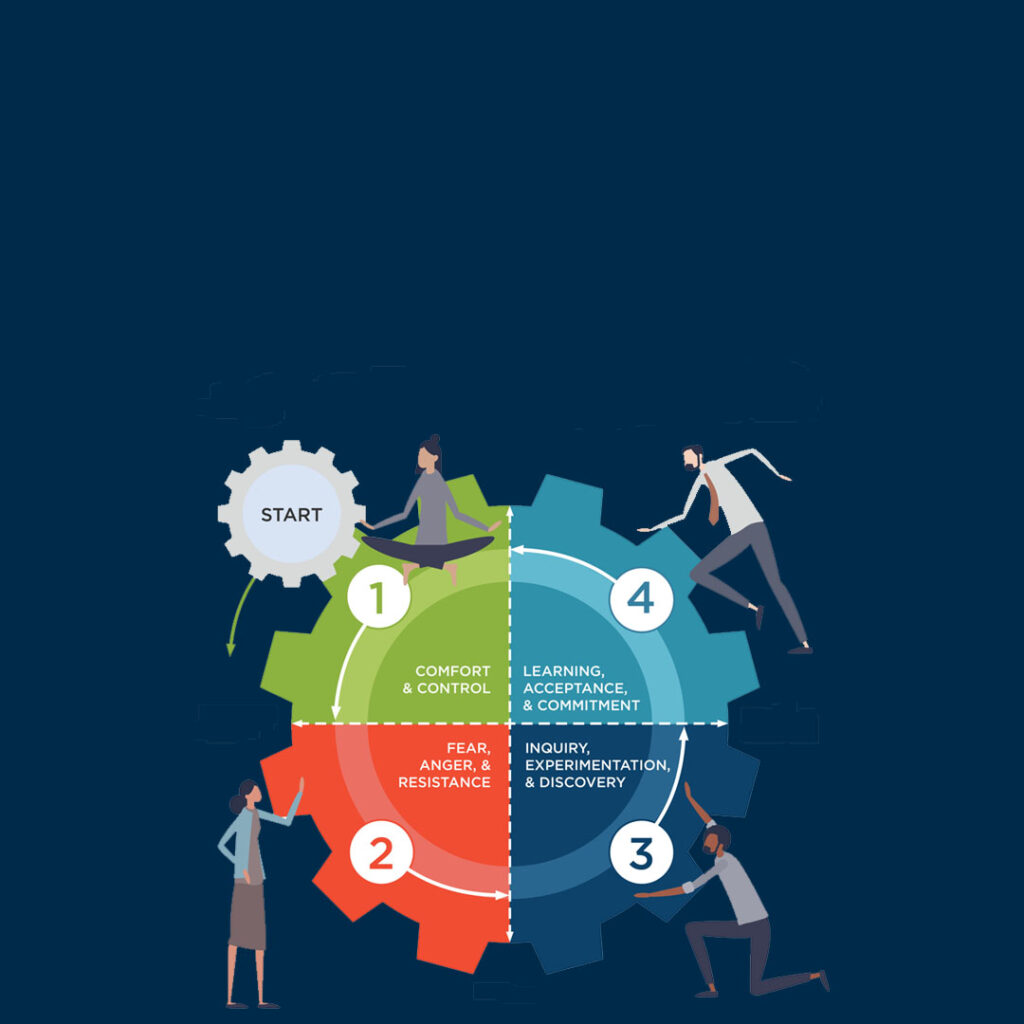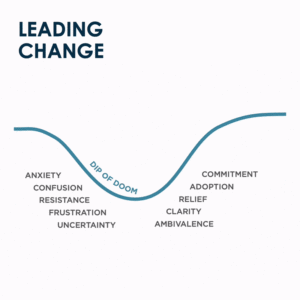Our projects almost always involve change management. We generally understand why people resist change and how we can help them work through it. Recently, we’ve had some discussion about unconscious bias, something not always addressed in change management teachings. Unconscious bias is a term used to describe a mindset or a common way of thinking that is molded by your background and lived experiences. It is a mindset you may not be able to change, but you should create ways for people to become self-aware in an effort to get past it.
What could unconscious bias look like? Imagine an employee in a manufacturing company who grew up with a mother who also worked in manufacturing, in a similar position. When this employee was young, his mother’s company transitioned to automated processes, causing his mother to lose her job. For several years, the family struggled financially due to that loss. In present day, this employee is informed that his company will be adopting some new automated processes that will increase everyone’s efficiency and output. Most employees are excited about the added support, but this employee, because of his life experience, is scared and resistant. Now, imagine there are 500 other employees in your organization with a similar story or a preconceived notion of how these new automated processes will affect them.
How do we get them past this? Backing up, the Four Stages of Change is a model that illustrates the journey of accepting change. When a change is introduced, it requires people to move away from what is comfortable, and to learn or accept something new. When initially confronted with it, many individuals might experience negative emotions, like fear or resistance. To see if the resistance stems from an unconscious bias, you could ask “I have noticed…can you tell me how you feel about…? Why do you think you feel that way?” If you identify the root cause as unconscious bias, you can address it directly – pulling it apart from the current change and showing that your strategy and tactics are a plan for success. The goal is to create an environment safe enough for your team members to openly express their feelings, to honor their feelings and then work towards a common objective together.

Managing the people side of change is imperative, but it’s not easy. It takes a significant amount of time, effort, and reflection to help people overcome their resistance and sometimes, their unconscious bias. But if done well, you can open their eyes to new possibilities and make their journey through change a lot smoother.



